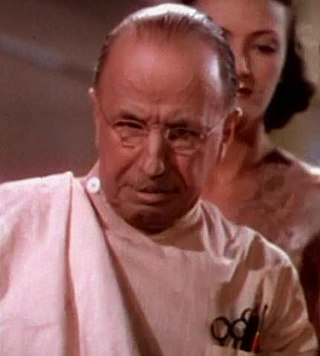
Arthur Hoyt was an American film character actor who appeared in more than 275 films in his 34-year film career, about a third of them silent films.
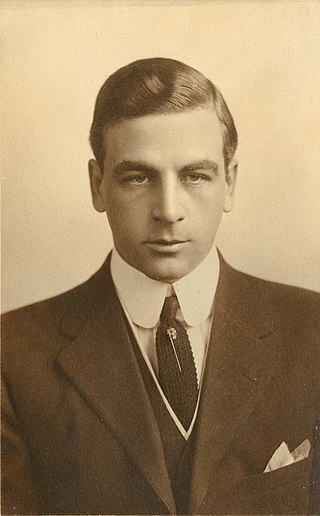
Milton George Gustavus Sills was an American stage and film actor of the early twentieth century.
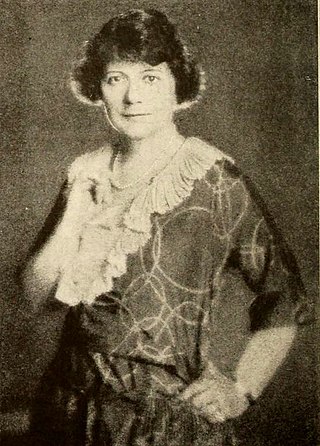
Marion Fairfax was an American screenwriter, playwright, actress, and producer.

John Hartford Hoxie was an American rodeo performer and motion-picture actor whose career was most prominent in the silent film era of the 1910s through the 1930s. Hoxie is best recalled for his roles in Westerns and rarely strayed from the genre.
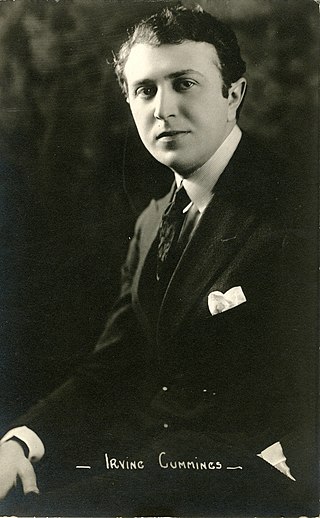
Irving Cummings was an American movie actor and director.

Elaine Hammerstein was an American silent film and stage actress.

Ruth Stonehouse was an actress and film director during the silent film era. Her stage career started at the age of eight as a dancer in Arizona shows.

Mary Maguire Alden was an American motion picture and stage actress. She was one of the first Broadway actresses to work in Hollywood.

Niles Eugene Welch was an American performer on Broadway, and a leading man in a number of silent and early talking motion pictures from the early 1910s through the 1930s.
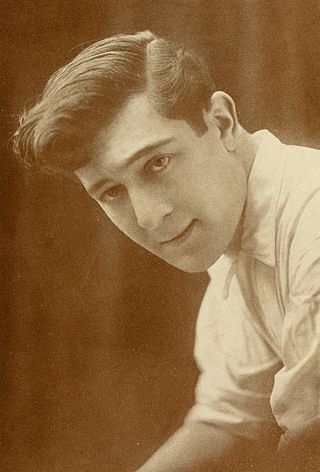
Hobart Henley was an American silent film actor, director, screenwriter and producer. He was involved in over 60 films either as an actor or director or both from 1914 to 1934.

Margaret Seddon was an American stage and film actress.

Wade Boteler was an American film actor and writer. He appeared in more than 430 films between 1919 and 1943.

Harry C. Myers was an American film actor and director, sometimes credited as Henry Myers. He performed in many short comedy films with his wife Rosemary Theby. Myers appeared in 330 films between 1908 and 1939, and directed more than 50 films between 1913 and 1917.
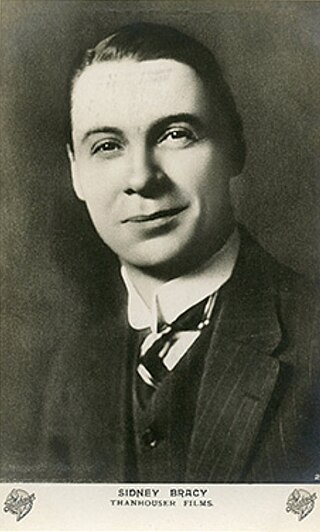
Sidney Bracey was an Australian-born American actor. After a stage career in Australia, on Broadway and in Britain, he performed in more than 320 films between 1909 and 1942.
Walter L. Griffin was a founder of the American Society of Cinematographers. Griffin started working in pictures in 1912 and spent a year and a half in the lab before he first cranked a camera for Universal Pictures. In 1915, he joined the Exposition Players' Corporation, official cinematographers of the Panama–Pacific International Exposition in San Francisco, where he headed photographic and lab operations. When the exposition closed in 1916, he spent four months in Colorado, making scenic films for the Denver Tourist Bureau.
Jack MacKenzie was a British-born cinematographer who worked for most of his career in the United States. During the silent era Jack MacKenzie was employed in Hollywood. In 1930 MacKenzie was sent to London by RKO to work on two films for the company's British partner Associated Talking Pictures. MacKenzie then returned to America. While he occasionally worked on prestige films such as Mary of Scotland (1936) he was employed mainly on numerous low-budget productions and from 1951 in the developing television industry.

Edmund Burns was an American actor. He was best known for his films of the silent 1920s, particularly The Princess from Hoboken (1927), Made for Love (1926), and After the Fog (1929), although he continued acting in films until 1936. Burn's first film appearance was an uncredited role as an extra in The Birth of a Nation (1915). Other films include The Country Kid (1923), The Farmer from Texas (1925), Ransom (1928), The Adorable Outcast (1928), Hard to Get (1929), The Shadow of the Eagle (1932), Hollywood Boulevard (1936), and his last film, Charles Barton's Murder with Pictures (1936) for Paramount Pictures.

Selznick Pictures was an American film production company active between 1916 and 1923 during the silent era.
The W. W. Hodkinson Corporation was a film distribution corporation active during the silent era. It was established and run by the pioneer William Wadsworth Hodkinson who had previously been instrumental in the foundation of Paramount Pictures. After being forced out from Paramount in 1916, Hodkinson briefly worked with Triangle Film before setting up his own independent distribution outfit in November 1917, purchasing Triangle's distribution network of film exchanges for $600,000. It distributed more than a hundred films from 1918 until 1924, sometimes through Pathe Exchange.
Arrow Film Corporation was an American film production and distribution company during the silent era from 1915 to 1926. An independent company it operated alongside the established studios. Originally formed to supply films for Pathé Exchange, the company quickly separated and concentrated on a mixture of medium and low-budget productions. The company was sometimes referred to as Arrow Pictures.
















